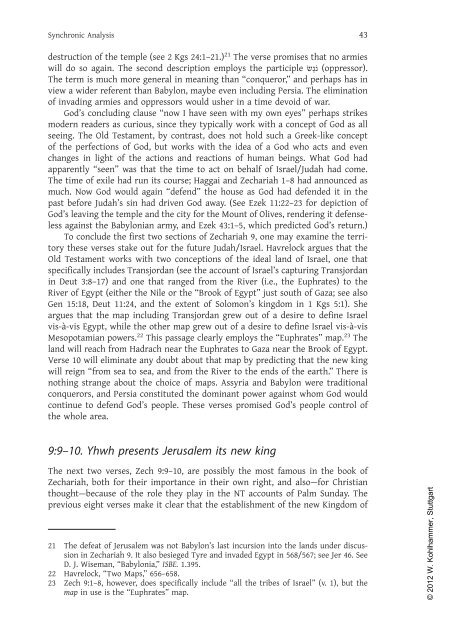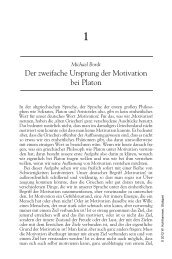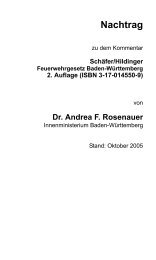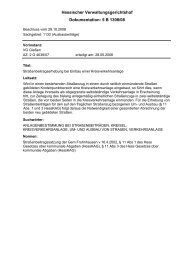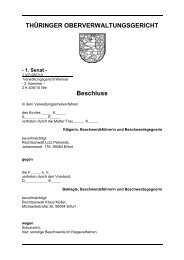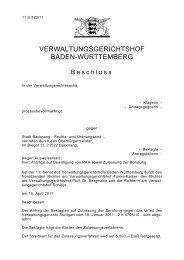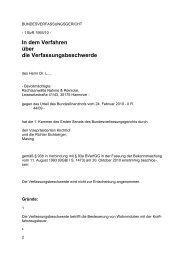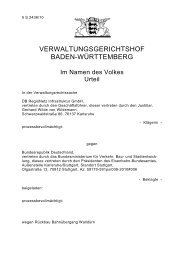You also want an ePaper? Increase the reach of your titles
YUMPU automatically turns print PDFs into web optimized ePapers that Google loves.
Synchronic Analysis 43<br />
destruction of the temple (see 2 Kgs 24:1–21.) 21 The verse promises that no armies<br />
will do so again. The second description employs the participle שׂ גֵ נֹ (oppressor).<br />
The term is much more general in meaning than “conqueror,” and perhaps has in<br />
view a wider referent than Babylon, maybe even including Persia. The elimination<br />
of invading armies and oppressors would usher in a time devoid of war.<br />
God’s concluding clause “now I have seen with my own eyes” perhaps strikes<br />
modern readers as curious, since they typically work with a concept of God as all<br />
seeing. The Old Testament, by contrast, does not hold such a Greek-like concept<br />
of the perfections of God, but works with the idea of a God who acts and even<br />
changes in light of the actions and reactions of human beings. What God had<br />
apparently “seen” was that the time to act on behalf of Israel/Judah had come.<br />
The time of exile had run its course; Haggai and Zechariah 1–8 had announced as<br />
much. Now God would again “defend” the house as God had defended it in the<br />
past before Judah’s sin had driven God away. (See Ezek 11:22–23 for depiction of<br />
God’s leaving the temple and the city for the Mount of Olives, rendering it defenseless<br />
against the Babylonian army, and Ezek 43:1–5, which predicted God’s return.)<br />
To conclude the first two sections of Zechariah 9, one may examine the territory<br />
these verses stake out for the future Judah/Israel. Havrelock argues that the<br />
Old Testament works with two conceptions of the ideal land of Israel, one that<br />
specifically includes Transjordan (see the account of Israel’s capturing Transjordan<br />
in Deut 3:8–<strong>17</strong>) and one that ranged from the River (i.e., the Euphrates) to the<br />
River of Egypt (either the Nile or the “Brook of Egypt” just south of Gaza; see also<br />
Gen 15:18, Deut 11:24, and the extent of Solomon’s kingdom in 1 Kgs 5:1). She<br />
argues that the map including Transjordan grew out of a desire to define Israel<br />
vis-à-vis Egypt, while the other map grew out of a desire to define Israel vis-à-vis<br />
Mesopotamian powers. 22 This passage clearly employs the “Euphrates” map. 23 The<br />
land will reach from Hadrach near the Euphrates to Gaza near the Brook of Egypt.<br />
Verse 10 will eliminate any doubt about that map by predicting that the new king<br />
will reign “from sea to sea, and from the River to the ends of the earth.” There is<br />
nothing strange about the choice of maps. Assyria and Babylon were traditional<br />
conquerors, and Persia constituted the dominant power against whom God would<br />
continue to defend God’s people. These verses promised God’s people control of<br />
the whole area.<br />
9:9–10. Yhwh presents Jerusalem its new king<br />
The next two verses, Zech 9:9–10, are possibly the most famous in the book of<br />
Zechariah, both for their importance in their own right, and also—for Christian<br />
thought—because of the role they play in the NT accounts of Palm Sunday. The<br />
previous eight verses make it clear that the establishment of the new Kingdom of<br />
21 The defeat of Jerusalem was not Babylon’s last incursion into the lands under discussion<br />
in Zechariah 9. It also besieged Tyre and invaded Egypt in 568/567; see Jer 46. See<br />
D. J. Wiseman, “Babylonia,” ISBE. 1.395.<br />
22 Havrelock, “Two Maps,” 656–658.<br />
23 Zech 9:1–8, however, does specifically include “all the tribes of Israel” (v. 1), but the<br />
map in use is the “Euphrates” map.<br />
© 2012 W. Kohlhammer, Stuttgart


